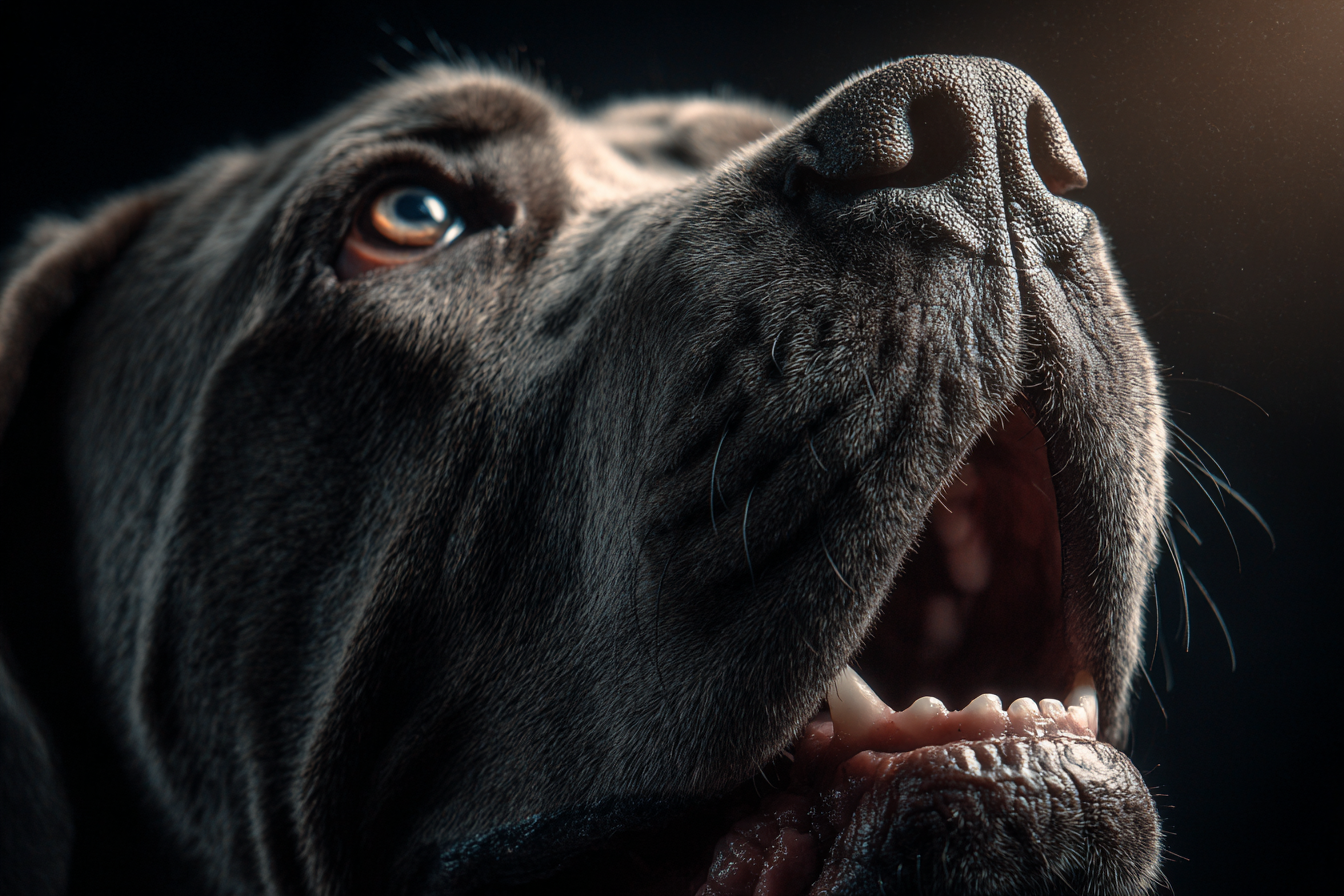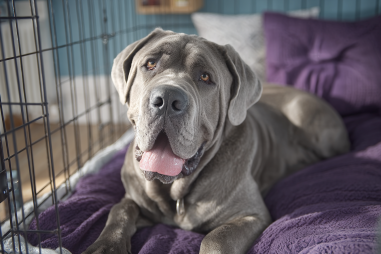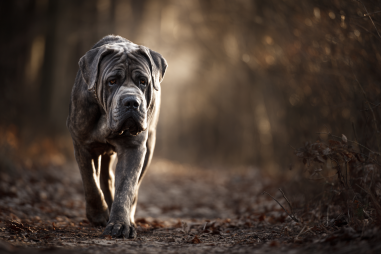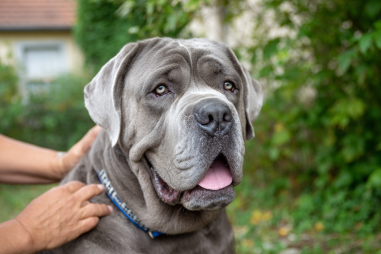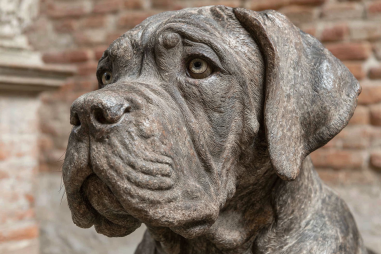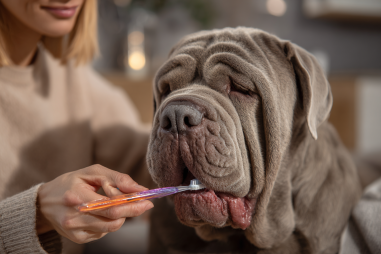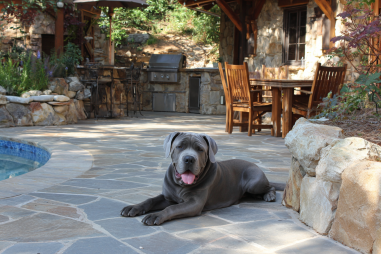If you’ve ever come across stories about the Neapolitan Mastiff, you might have heard quite a few things about their bite force. These large, ancient dogs certainly look imposing with their loose, wrinkled skin and massive heads, but how strong is their bite really? In this article, we’ll explore the facts and myths surrounding the Neapolitan Mastiff’s bite force, helping you understand what the numbers mean, how they compare to other breeds, and what their jaw strength truly implies for owners and enthusiasts alike.
What Is Bite Force and How Is It Measured?
Bite force refers to the amount of pressure the jaws can exert when biting down. It is usually measured in pounds per square inch (PSI). Scientists and veterinarians measure bite force using specialized equipment that can capture the power a dog’s jaw delivers when it clenches down on a sensor or bite gauge. It’s important to note that this measurement can vary widely depending on factors such as the dog’s size, age, training, and motivation during testing.
One challenge with bite force measurements is replicating a natural bite. Dogs rarely bite with maximum force in controlled testing unless provoked or highly trained, so estimates often come from comparisons to the dog’s jaw anatomy and muscle strength. Because of this, some bite force numbers you hear may be estimations or based on theoretical calculations rather than direct, empirical measurement.
Typical Bite Force Ranges for Neapolitan Mastiffs
The Neapolitan Mastiff is a large and muscular dog breed, traditionally bred as a guard dog. Their bite force is often cited as powerful, though exact figures can vary. On average, estimates place the Neapolitan Mastiff’s bite force around 500 to 700 PSI. For perspective, this is indeed strong but not the strongest among dog breeds.
This range reflects their size and muscle structure. Their broad heads and large mouths provide leverage and allow for a strong grip. However, like any dog, their bite force depends heavily on individual factors such as genetics, health, and training. Not every Neapolitan Mastiff will have the same bite force, but the breed is certainly capable of exerting substantial jaw pressure when needed.
How Does the Neapolitan Mastiff Compare to Other Breeds?
When discussing bite force, it’s common to see comparisons with other breeds, especially those known for strong bites. Here’s how the Neapolitan Mastiff stacks up:
- German Shepherd: Typically around 238 to 325 PSI, which is less than the Neapolitan Mastiff.
- Rottweiler: Estimated around 328 to 350 PSI, still less but close.
- American Pit Bull Terrier: Around 235 to 250 PSI, considerably lower.
- Kangal Dog: Known for one of the strongest bites among domestic dogs, with measured bite forces up to 743 PSI or even higher in some reports.
- Cane Corso: Another mastiff breed with bite force estimated around 730 PSI, slightly stronger than the Neapolitan Mastiff.
These comparisons highlight that while the Neapolitan Mastiff has a strong bite, it isn’t necessarily the absolute strongest breed. Some breeds, especially large guardian dogs bred for protection, have even stronger bite forces.
Understanding the Behavioral Context of Jaw Strength
Bite force alone doesn’t tell the whole story about a dog’s behavior or potential danger. A powerful bite is a tool that can be used in various contexts, such as holding prey, defending their territory, or simply mouthing during play. Most Neapolitan Mastiffs, like any well-socialized and well-trained dogs, do not use their bite aggressively unless provoked or threatened.
In fact, Neapolitan Mastiffs are known more for their calm temperament, loyalty, and gentle nature with family members despite their formidable appearance. Their loose skin and big paws can make them seem intimidating, but they can be loving companions when raised correctly.
When discussing bite force, it’s crucial to recognize that a dog’s behavior, training, socialization, and environment play a far bigger role in safety than raw jaw strength. A responsible owner who invests time in training and socializing will have a well-mannered dog regardless of how strong its bite force might be.
Safety Precautions and Responsible Ownership
While understanding the bite force facts of the Neapolitan Mastiff provides useful perspective, responsible ownership is what truly ensures safety for both the dog and people around it. Here are some important precautions for owners:
- Proper Socialization: Expose your Neapolitan Mastiff to various people, animals, and environments early on to build a confident, balanced temperament.
- Training: Obedience training is a must, teaching commands such as “sit,” “stay,” and “leave it” to maintain control over your dog in different situations.
- Supervision: Always supervise interactions between your dog and strangers, especially children, to prevent misunderstandings and accidental bites.
- Understanding Body Language: Learn to read your dog’s signals so you can spot discomfort or agitation before it escalates.
- Regular Health Checks: Healthy dogs are less likely to be irritable or aggressive, so keep up with veterinary care.
Respecting the breed’s power while managing it thoughtfully creates a safe environment and helps dispel unnecessary fear based on bite force myths.
Separating Myths from Reality
There’s a lot of misinformation floating around about the Neapolitan Mastiff’s bite force. Some stories exaggerate the power these dogs have, portraying them as overly dangerous because of their jaw strength alone. The truth is more nuanced:
- The average bite force of the Neapolitan Mastiff, while strong, is not the strongest in the canine world.
- Not every dog in the breed will have the same level of bite force; it varies individually.
- Jaw strength is just one factor in bite incidents—behavior, training, and environment are more critical.
- Responsible ownership dramatically decreases the likelihood of aggressive biting behavior in any breed.
Understanding these facts helps prevent unfair stigmatization and promotes balanced knowledge of Neapolitan Mastiffs.
What Does This Mean for Potential Owners?
If you’re considering welcoming a Neapolitan Mastiff into your home, knowledge about bite force serves as one part of understanding the breed’s physical capabilities. It’s vital to approach ownership with commitment to training, socialization, and care. Neapolitan Mastiffs can make loyal family companions, but their size and strength require mindful handling.
Remember, a dog’s bite force is not a determinant of its behavior or temperament. It’s a physical attribute that, combined with responsible management, poses minimal risk. By debunking myths and emphasizing realistic information, potential owners can make informed decisions about living with these remarkable dogs.
In the end, the Neapolitan Mastiff’s reputation should rest on its personality, history, and the care it receives—not just its bite force statistics.

